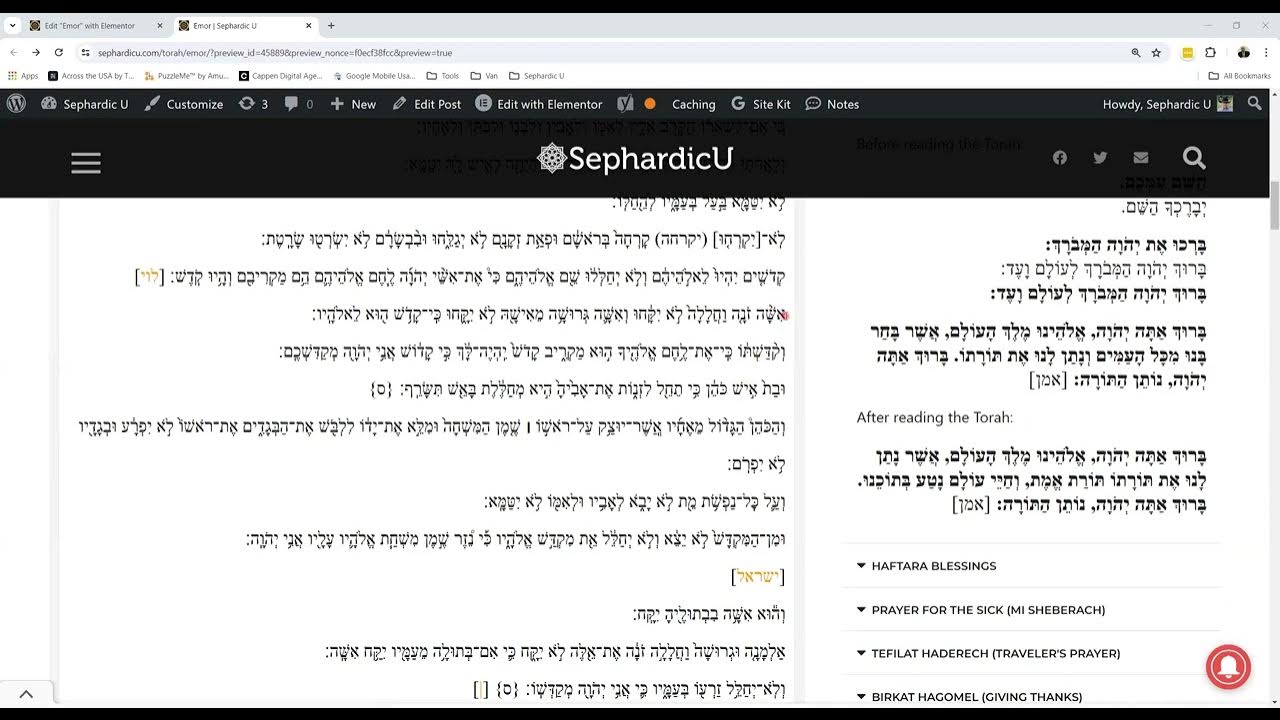Introduction
Abraham ibn Ezra, also known as Avraham ben Meir ibn Ezra, was a polymathic figure of medieval Sepharad. Born in Tudela in 1092, his diverse contributions to poetry, philosophy, astronomy, and mathematics continue to inspire scholars and enthusiasts alike.
| Points | Details |
|---|---|
| AKA | Avraham ben Meir ibn Ezra |
| Born | 1092 |
| Place of Birth | Tudela, Kingdom of Navarre |
| Died | 1167 |
| Place of Death | Calahorra, Kingdom of Navarre |
| Occupation(s) | Poet, Philosopher, Astronomer, Mathematician |
| Notable Works | Poetry, Commentaries, Astrological Treatises |
Early Life and Education
Abraham ibn Ezra received a multifaceted education encompassing Jewish religious texts, secular literature, and scientific disciplines. Growing up in the intellectually vibrant environment of Tudela, he demonstrated an early aptitude for languages, mathematics, and the natural sciences.
Rise to Prominence
Abraham ibn Ezra’s prodigious talents quickly earned him recognition as a leading intellectual figure in Sepharad. His poetry, characterized by its elegance and emotional depth, resonated with readers, while his scholarly commentaries on biblical and philosophical texts established him as a preeminent authority in Jewish thought.
Notable Works
Among Abraham ibn Ezra’s most significant contributions are his poetic compositions and scholarly commentaries. His poetry, infused with themes of love, longing, and philosophical reflection, showcases his mastery of language and poetic form. Additionally, his commentaries on biblical and philosophical texts offer profound insights into Jewish exegesis and philosophical thought.
Influence and Legacy
Abraham ibn Ezra’s influence extended beyond his lifetime, shaping the intellectual landscape of medieval Sepharad and beyond. His poetry continues to be celebrated for its beauty and sophistication, while his commentaries remain integral to the study of Jewish exegesis and philosophy. Moreover, his contributions to astronomy and mathematics laid the groundwork for future scientific inquiry.
Commemoration
In recognition of his enduring legacy, Abraham ibn Ezra is commemorated in academic circles and cultural institutions dedicated to the study of medieval Sephardic culture. His poetry is studied and appreciated for its literary merit, while his commentaries continue to inform scholarly discourse in the fields of biblical studies and philosophy.
Conclusion
In conclusion, Abraham ibn Ezra stands as a towering figure in the intellectual history of medieval Sepharad. His multifaceted talents and diverse contributions exemplify the rich cultural heritage of Sephardic Jewry, inspiring generations of scholars, poets, and thinkers. As we reflect on his life and works, we honor his legacy as a Renaissance man whose intellectual curiosity and creative spirit continue to resonate with readers and scholars alike.
Resources:
- “Jewish Virtual Library”
- “Encyclopedia Judaica”
- “The Legacy of Muslim Spain” by Salma Khadra Jayyusi
- “A History of Jewish-Muslim Relations: From the Origins to the Present Day” by Abdelwahab Meddeb and Benjamin Stora
- “The Oxford Handbook of Jewish Daily Life in Roman Palestine” edited by Catherine Hezser







Parashat Behar – Weekday Torah Reading (Moroccan TeAmim)